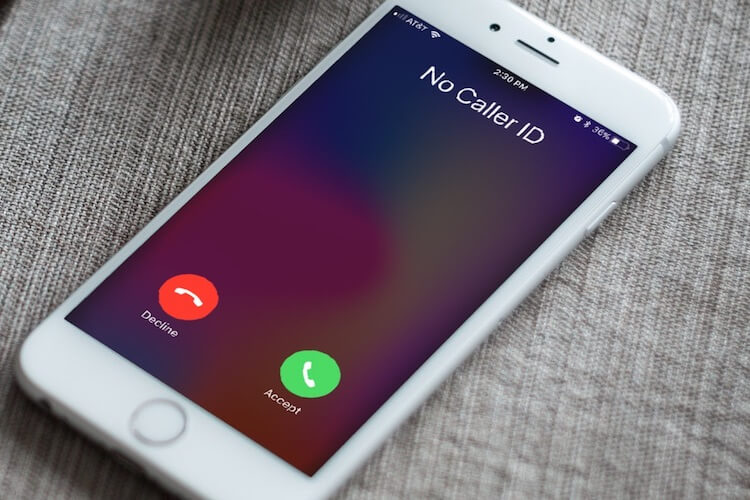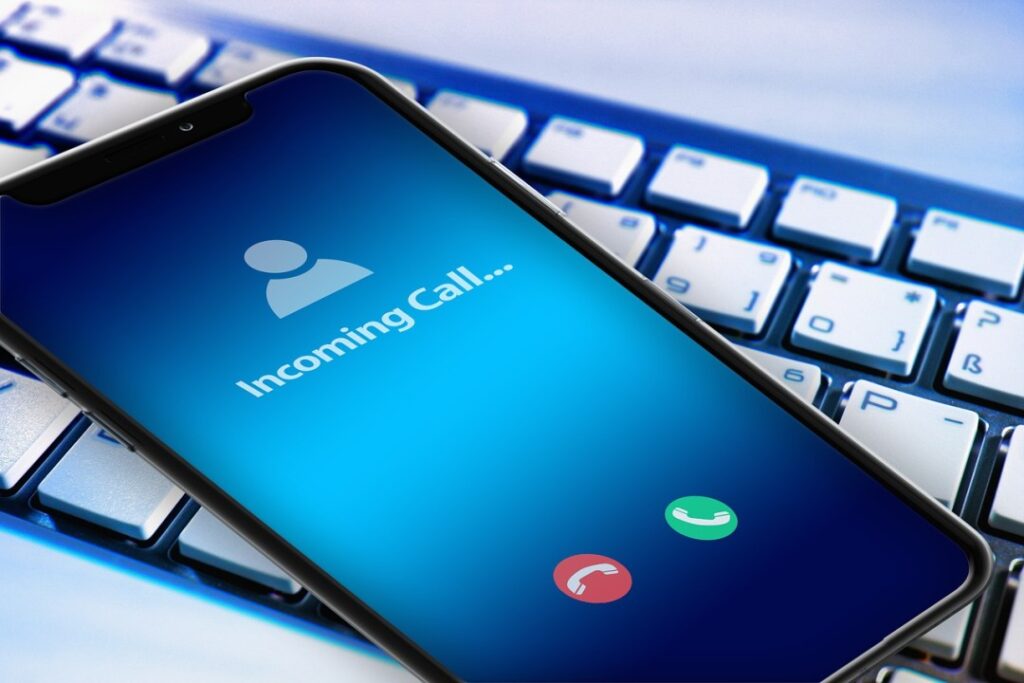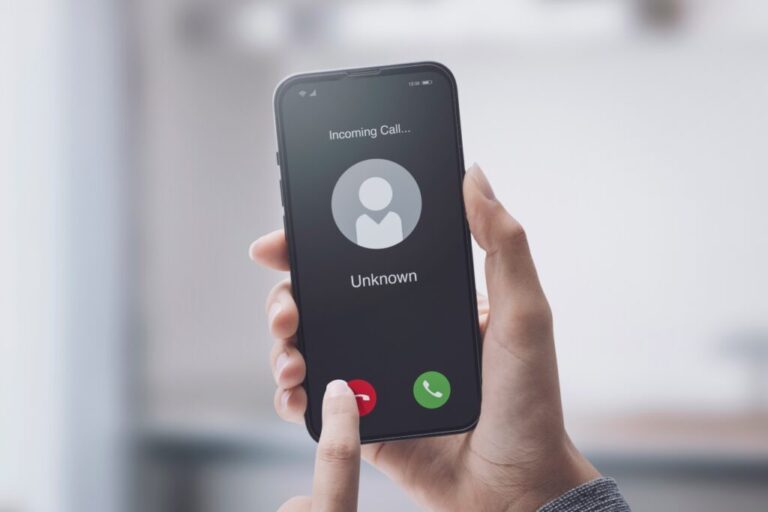In today’s digital age, the mystery of an unknown caller can be both intriguing and unsettling. We’ve all experienced it – the phone rings, and when you pick it up, there’s nothing but silence or an eerie voice on the other end. The culprit? A “No Caller ID” number.
But fear not, for I’ve started an investigation to solve this mystery. In this journey, I’ll share with you the secrets of how to find out the identity behind those elusive No Caller ID numbers in the United Kingdom.
By utilizing a Call Return Code (1471), exploring 3rd-party Mobile Apps, or reaching out to your Service Provider, you have a variety of effective options at your disposal to address and resolve your issue.
Join me as we uncover the hidden truth behind the anonymous calls that have piqued our curiosity for far too long.
Proven Strategies to Reveal ‘No Caller ID’ Numbers

If you’re determined to uncover the identities behind those elusive “No Caller ID” labels in the United Kingdom, you’re in the right place. Here, I present you with a repertoire of reliable methods.
Leverage the Power of Call Return Code: In the UK, a simple dial of 1471 may hold the key to unveiling the last number that attempted to reach you, even if they attempted to shroud their identity. While this method isn’t infallible, it can be a valuable starting point.
Harness the Might of Mobile Apps: The digital world comes to your aid with a variety of mobile applications, compatible with both iOS and Android platforms, designed to crack the code of hidden caller IDs. Apps like TrapCall and Truecaller boast extensive databases of users and reported spam numbers, promising potential revelations of the caller’s true identity.
Engage Your Service Provider: If you find yourself besieged by a barrage of anonymous, potentially malicious calls, don’t hesitate to reach out to your trusted service provider. They may offer invaluable assistance and, in extreme cases, recommend more drastic measures like changing your phone number for enhanced security.
Master Conditional Call Forwarding: This intricate yet effective method involves routing unidentified calls to a virtual number, which subsequently returns the call to you, unmasking the hidden caller ID in the process. While it may require a bit of technical finesse, it’s a strategy applauded by users who have successfully pierced the veil of anonymity.
Deciphering the Enigma of No Caller ID
In the realm of incoming calls, clarity usually reigns supreme. Your mobile or landline often serves as a window to the caller’s identity, displaying either a familiar name from your contacts or a discernible phone number. Yet, at times, the veil of secrecy descends, leaving you with the enigmatic “No Caller ID” or “Unknown.”
Understanding the Origins of ‘No Caller ID’
A multitude of factors can conspire to obscure the caller’s identity:
Privacy Paranoia: For some, safeguarding their number is paramount, particularly in professional contexts or out of concern for personal safety. This inclination towards privacy may lead them to cloak their caller ID deliberately.
Default Disguise: Certain landlines or mobile carriers employ default settings that render caller IDs invisible. In these instances, the user might unwittingly find themselves in a shroud of anonymity.
Unwanted Intrusions: Telemarketers and scam callers, masters of the art of deception, deliberately veil their numbers. This clandestine approach heightens the odds of their calls being answered, much to the frustration of recipients.
Navigating the Legal Landscape in the UK
In the United Kingdom, the Privacy and Electronic Communications (EC Directive) Regulations of 2003 have laid down the law regarding unsolicited calls. These regulations stipulate that companies making such calls must furnish their name or a toll-free number for call-back purposes. However, as with any rule, there are those who choose to flout it, continuing to shroud their identity in defiance.
Shielding Yourself from Unwanted Calls
In the battle against pesky, mysterious callers, smartphone manufacturers have equipped us with user-friendly tools to fortify our defenses. However, it’s worth noting that scammers are a wily bunch, often changing their numbers with each attempt. Here’s how you can fortify your digital fortress against these intruders:
Blocking Unknown Calls on iPhone (iOS 13 or later):
- Journey to Settings.
- Scroll down and navigate to Phone.
- Activate the Silence Unknown Callers option.
Blocking Unknown Calls on Android:
- Open your Android device’s Dialer.
- Spot the vertical ellipsis (those three cunning dots) on the right side of the app.
- Select Settings.
- Find the Block Numbers option.
- Engage the Block Unknown Callers function.
Thwarting Specific Numbers:
Once you’ve successfully decoded the mystery behind an unknown caller’s number, it’s time to take definitive action by blocking them using your smartphone’s built-in features.
iOS Guide to Blocking Specific Numbers:
- Explore your Recent Calls on your trusty iPhone.
- Scroll until you spot the number you wish to exile.
- Tap the circular “i” icon next to the number.
- Scroll further and select “Block Caller.”
- Confirm your resolve to block the contact.
- With this move, the caller will be met with a message that succinctly communicates your reluctance to accept their calls.
Android Guide to Blocking Specific Numbers:
Android’s instructions might exhibit subtle variations depending on your device’s make, model, and software version, but the essence remains consistent for most phones.
- Initiate your phone’s dialer.
- Identify the offending phone number lurking in your call log’s Recent tab.
- Locate the “i” encircled by a circle.
- Descend and tap “Block” at the screen’s bottom.
- Affirm your choice with a tap on “Confirm.”
Discovering Unknown Caller’s Identities with 3rd-Party Apps

When your service provider doesn’t offer *69 or a similar feature, you can still unveil the identity behind unknown callers by turning to third-party apps. Here, we’ve handpicked a selection of reliable and trustworthy apps designed to unmask mystery numbers and callers, ensuring your peace of mind:
Reverse Lookup – Free: This app provides a free service for reverse phone number searches. While it may not help if you don’t have the caller’s number, it can be valuable if you’re receiving repetitive calls from the same unknown number. You might uncover if it’s a simple wrong number or possibly someone you know. The fact that it’s free makes it a standout choice.
Number Finder – $7.99–$14.99: Number Finder ranks among the top apps for reverse phone number searches. It’s adept at revealing No Caller ID phone numbers, whether from missed calls or text messages.
Moreover, it offers detailed information, potentially including the caller’s name and location. This app serves as your shield against bill collectors, scammers, telemarketers, and even exes, ensuring a more tranquil state of mind. A three-day free trial is available if you only need to tackle a couple of bothersome callers.
TrapCall – $9.99–$94.99:*: If you find yourself tormented by No Caller ID numbers, TrapCall is your ally. It unveils the masked numbers and Caller IDs of those who seek to hide their identity. Beyond that, it goes the extra mile by automatically blocking over two hundred thousand known spam callers and telemarketers, recording incoming calls as evidence, and even tracking digital stalkers. Though not entirely free, the peace of mind it offers is worth the price. Additionally, it extends a generous week-long free trial, allowing you ample time to explore its services.
FAQs
1. How Do Callers Hide Their Caller ID In The UK?
Callers in the United Kingdom can conceal their caller ID using various methods. The most common is dialing 141 before making a call to prevent the recipient’s phone from displaying the caller’s number. UK carriers also offer services for permanent caller ID concealment for an additional charge. Third-party services like privacy apps provide anonymous calling options.
2. Should You Answer No Caller ID?
Whether you should answer a No Caller ID call depends on various factors. If you recognize the person on the other end, it’s usually safe to answer. However, if the number is unfamiliar or potentially harmful, it’s advisable to avoid answering and use the methods mentioned earlier to identify the caller. Be cautious with unknown numbers, as they may pose security risks. You can block such numbers using your phone’s settings or third-party apps if necessary.
3. Does No Caller ID Mean Blocked?
No, a call with No Caller ID does not necessarily mean it’s coming from a blocked number. It can result from using the dialing code 141 before making the call or using third-party services to hide the caller’s identity. In such cases, there won’t be any indication that the call is from a number you’ve already blocked.
4. Are No Caller ID Calls Dangerous?
No, No Caller ID calls can be potentially dangerous if you’re unsure who is calling or suspect malicious intent. It’s advisable to use additional services like call blocking and caller identification to identify the caller more accurately. Answering such calls won’t necessarily lead to your phone being hacked, but caution is essential.
5. Can You Trace A No Caller ID UK?
Yes, In the UK, calls made with “No Caller ID” or “private number” settings are typically challenging to trace. Most phone providers lack the capability to track such calls to safeguard caller anonymity. Some third-party services claim to track these calls, but their effectiveness and cost are unclear. For calls made through VoIP services like Skype or WhatsApp, tracking may be possible with service provider assistance, but it can still be challenging.
Final Words
Navigating the world of ‘No Caller ID’ numbers in the UK has been an intriguing journey. From dialing 1471 to using mobile apps like TrapCall and Truecaller, and seeking assistance from my service provider, I’ve learned that there are several methods to unveil the identity behind these mysterious calls.
While not foolproof, these strategies have given me a sense of control and security in an age where privacy and communication often intertwine. By using these tools wisely, I’ve empowered myself to make informed decisions about answering or blocking unknown callers, ensuring a more peaceful and secure phone experience.

